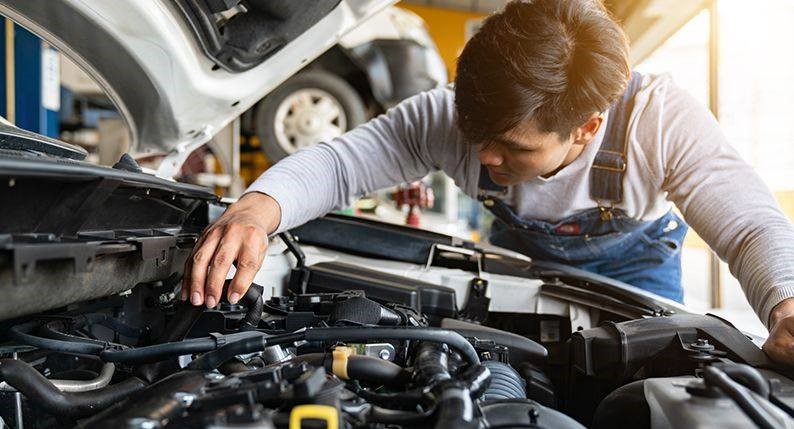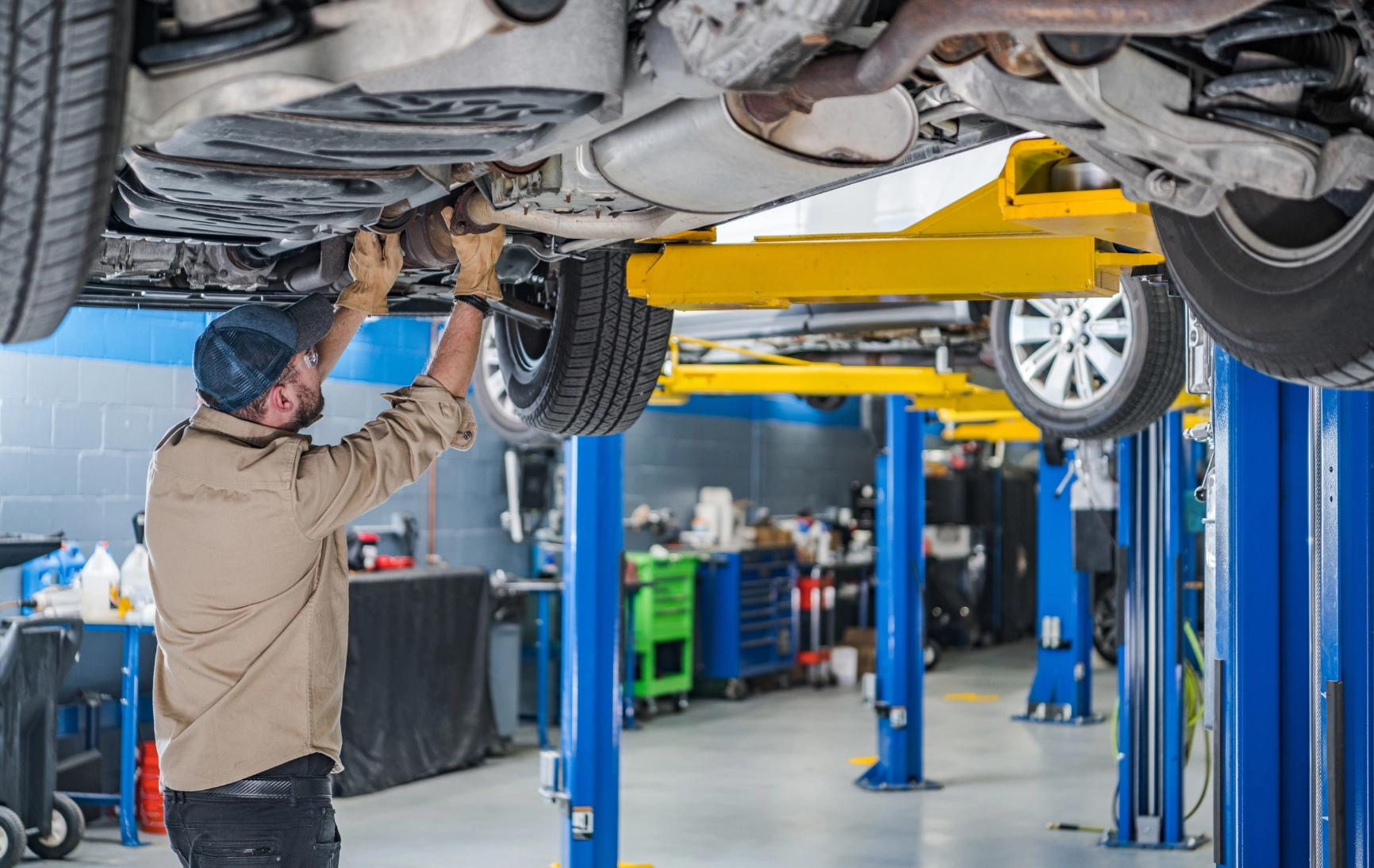All Categories
Featured
When it involves lorry upkeep, tires are usually one of the most neglected components, despite the fact that they play a critical function in the security and efficiency of your car. Tire rotation and alignment are two vital services that assist guarantee your tires put on uniformly, last much longer, and remain to carry out at their finest. Right here's everything you need to find out about tire turning and placement and why they matter for your car.
What Is Tire Turning? Tire turning is the procedure of moving the tires from one placement to one more to guarantee even put on throughout all 4 tires. The front and back tires of a car wear at different rates because of the weight distribution and the truth that the front tires manage both guiding and braking. By turning the tires regularly, commonly every 6,000 to 8,000 miles, you can cancel the wear and prolong the life of your tires.
In most lorries, the tires will be revolved from front to back, and in some situations, side-to-side, depending on the tire kind and your cars and truck's specs. This makes certain that each tire births an equivalent quantity of anxiety and strain. Regular tire rotations likewise improve automobile handling and ride quality, as well as add to far better fuel efficiency.
What Is Tire Alignment? Tire positioning refers to readjusting the angles of your automobile's wheels to ensure they are positioned appropriately according to the supplier's specs. Proper alignment makes sure that your tires are identical to one another and vertical to the ground, which aids enhance the total handling, stability, and life-span of your tires.
There are 3 essential elements of positioning:
Camber: The tilt of the wheels when watched from the front. If the wheels lean inward or external, it can cause unequal tire wear. Wheel: The angle of the steering axis when seen from the side. Appropriate caster alignment guarantees secure steering and better car control. Toe: The angle at which the tires direct inward or outside when watched from above. Inaccurate toe positioning can create tires to put on unevenly and impact handling. Imbalance can take place due to variables like striking fractures, curbs, or driving over harsh terrain, and even regular driving with time can slowly trigger imbalance. Obtaining a placement check every 1-2 years or when you notice dealing with problems is necessary for optimal tire efficiency.
Why Are Tire Turning and Positioning Important? Maximized Tire Life:. Tire turning ensures also put on across all four tires, avoiding premature tire replacement. Misaligned tires use unevenly, which can result in the demand for even more regular tire replacements. Both tire rotation and positioning raise the lifespan of your tires, conserving you cash in the long run.
Improved Safety:. Correct alignment assists keep your lorry monitoring directly, improving stability and handling. Misaligned tires can lead to drawing, which makes it more challenging to regulate your vehicle, especially at broadband or in emergency situation circumstances. Tire rotation likewise guarantees your automobile's handling stays regular, boosting your capability to stop swiftly and maintain control.
Better Gas Efficiency:. When your tires are properly lined up, they experience much less rolling resistance, meaning your engine does not have to function as difficult to relocate the cars and truck. This lowers fuel intake and boosts gas mileage. Misalignment can cause your tires to drag, resulting in inadequate gas effectiveness.
Smoother Adventure:. Misaligned or unevenly used tires can cause vibrations in the steering wheel or car body, which can be awkward while driving. Normal tire turning and placement can offer a smoother and quieter experience, reducing unnecessary noise and vibrations.
Indicators You Need Tire Rotation or Alignment. It's essential to be knowledgeable about alerting indications that your tires could require attention. Watch out for:
Unequal Tire Use: If you observe that one tire is a lot more worn than others, maybe an indication that it's time for a rotation or alignment. Steering Pulling to One Side: If your automobile draws away, specifically when you're driving directly, it can indicate misalignment. Resonances or Uncommon Noises: If your wheel drinks or you hear a humming or grumbling noise, your positioning may be off. Squealing Tires: A piercing screech can signal misalignment or that your tires are used erratically. If you discover any one of these indications, it's a great concept to have your lorry evaluated asap to protect against further damages to your tires or shock absorber.
How Usually Should You Turn and Straighten Your Tires? Tire turning is usually recommended every 6,000 to 8,000 miles or every six months, depending on your car's handbook and driving problems. It's also a great concept to rotate your tires throughout oil changes to ensure they get the focus they need.
For positioning, the majority of experts recommend having your tires aligned yearly or if you observe any kind of handling problems. If you have actually recently hit a pocket, curb, or one more challenge, it's a great concept to have your alignment checked faster to stay clear of uneven tire wear.

Final Thought: Keep Your Tires for Longevity and Safety and security. Tire turning and alignment are simple yet crucial aspects of lorry upkeep that add to longer tire life, improved safety, and much better fuel effectiveness. By complying with the suggested solution intervals for tire rotation and positioning, you can ensure your tires remain in leading problem, providing a smoother and much safer driving experience. Normal maintenance helps you avoid unanticipated tire wear, expensive repair work, and potential mishaps, making it a smart financial investment for your car's total performance.
Latest Posts
Find Out Why Chicago Drivers Select Montclare Auto Repair for Trusted Service and Significant Savings
Reasons Routine Car Maintenance at Montclare Auto Repair Reduces Costs
Identifying When Your Car Needs Professional Auto Repair at Montclare Auto Repair
More
Latest Posts
Find Out Why Chicago Drivers Select Montclare Auto Repair for Trusted Service and Significant Savings
Reasons Routine Car Maintenance at Montclare Auto Repair Reduces Costs
Identifying When Your Car Needs Professional Auto Repair at Montclare Auto Repair
